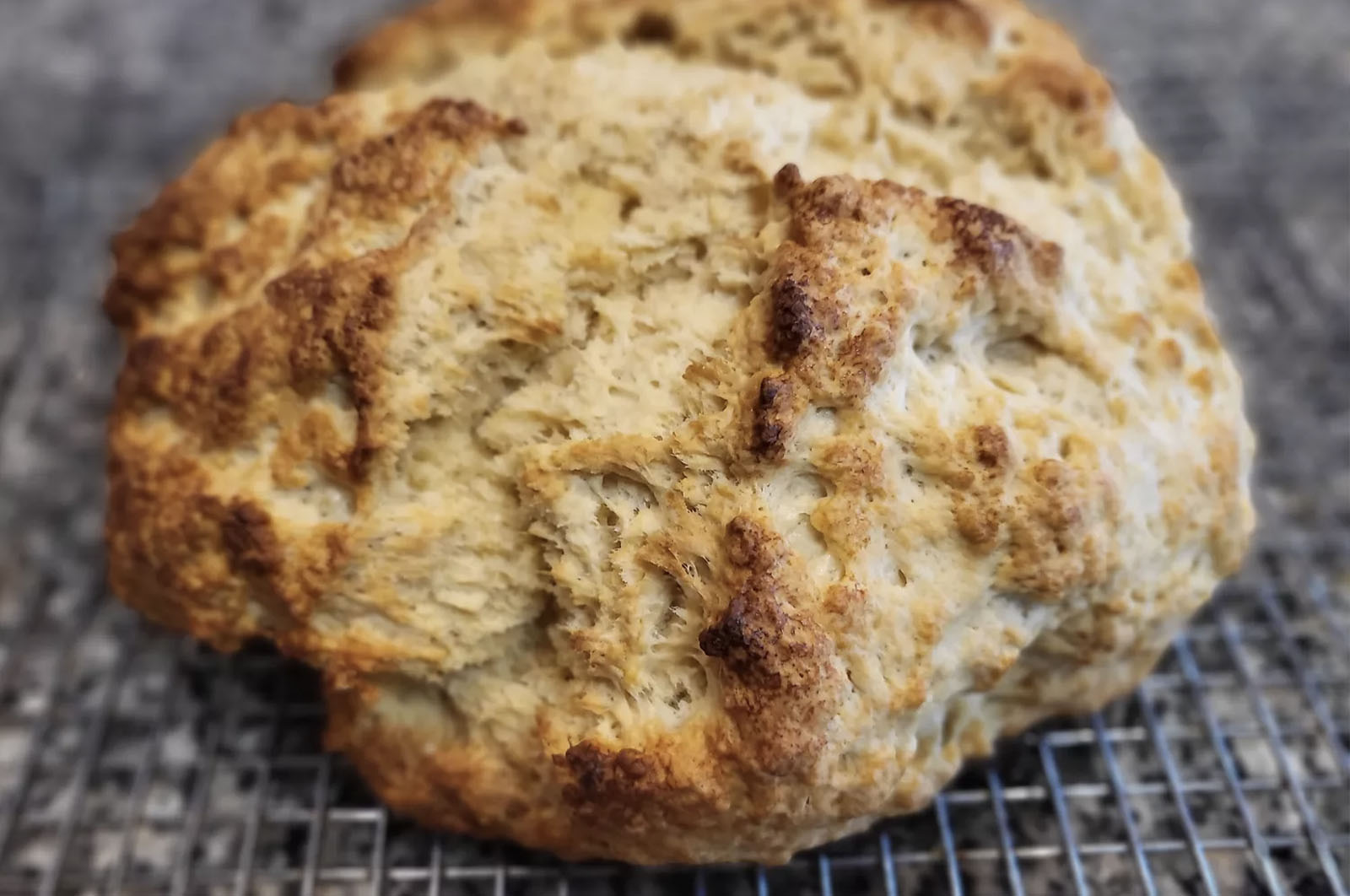The importance of older adults maintaining an active lifestyle
By Hardip Jhaj
If you could do one thing to reduce the chance of heart disease by half, you’d be selecting exercise. According to the World Health Organization, inactivity is the fourth highest risk factor for mortality worldwide, just after high blood-pressure, smoking and sugar consumption. Often it’s a struggle to balance maintaining an active lifestyle with a busy, or a lack of knowledge … or both. Losing the ability to do things for yourself is not a result of old age but rather the result of decreasing activity levels. And it’s this decrease in physical activity that has shown to increase visits to the doctor, increase chances of hospitalizations, and to increase levels of medications taken for various chronic illnesses.
There is also a lot of research that supports the relationship between maintaining physical activity and increased health, both emotionally and physically. Exercise has shown to reduce feelings of depression and anxiety, improve cognitive function whether you’re looking to improve on your ability to concentrate or be able to plan more throughout your day. It has also has been shown to slow the progression of dementia. More than half of all Canadians struggle to meet the daily recommended levels of physical activity. However, these three simple tips may be helpful in overcoming some of these barriers.
Walk 30 minutes a day. When looking at the goal of attaining your 10,000 steps for the day, or taking in 20 to 30 minutes of moderate exercise daily, it is important to recognize that everybody varies with their tolerance level. This goal does not necessarily have to be achieved at one go but rather can be broken up into two or three segments in a day. Walking 30 minutes sustained or walking 10-minute durations three times a day will both achieve positive benefits. Even starting as little as five minutes a day can help improve the health of people who are frail, or have diseases that accompany aging.
Seek out a kinesiologist or health professional. They can play an integral role in helping to start up an active lifestyle safely and effectively. They can help adapt physical activity to any functional baseline. Whether you have balance or mobility issues, whether you prefer a land or pool program, or whether you’re dealing with a chronic ailment such as heart disease, diabetes, arthritis, cancer, or dementia. Kinesiologists are functional movement experts that have the expertise on how to outline exercise prescriptions that individualized to your needs.
Schedule your exercise. No gym or special equipment is required to maintain a healthy lifestyle. The most important factor is making time in your schedule for exercise according to your activity needs. Regular and moderate exercise produces long-term benefits to prevent disease and improve your current health status.
This article was written by Hardip Jhaj, Practicing Kinesiologist, Owner of Kinexions Health Inc. and Vice President of the Canadian Kinesiology Alliance – Alliance Canadienne de kinésiologie.













